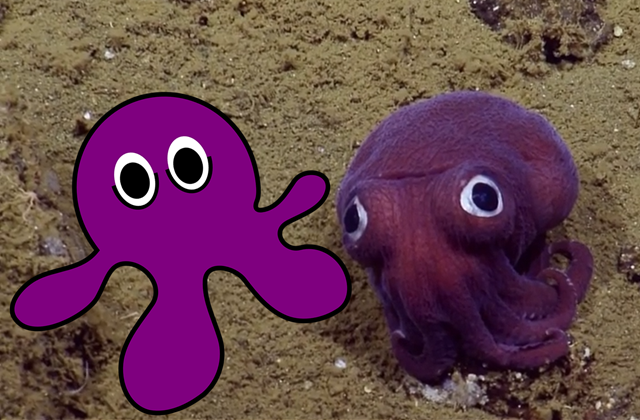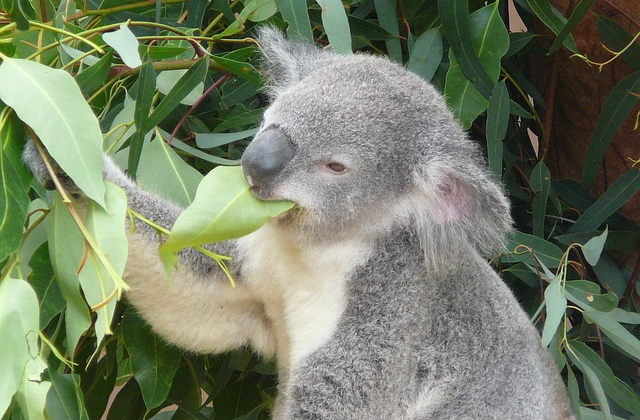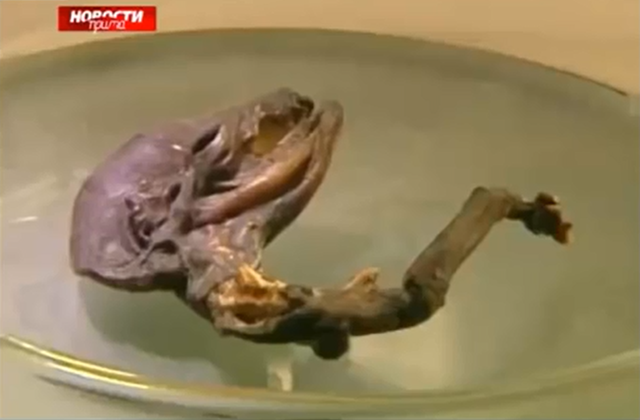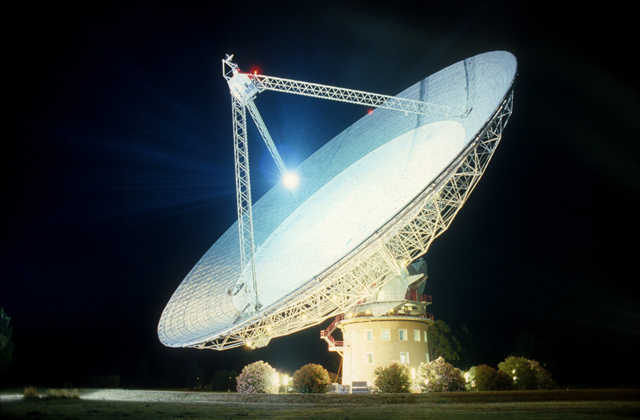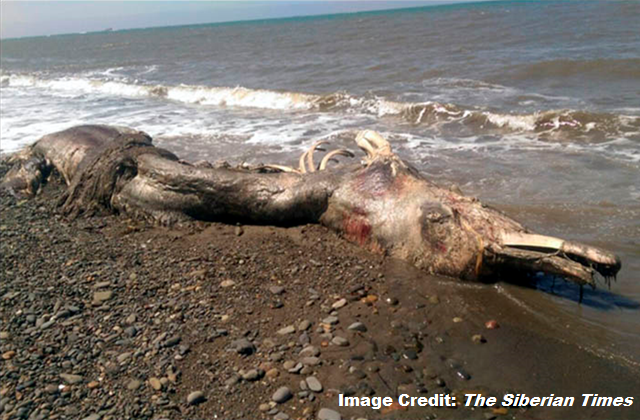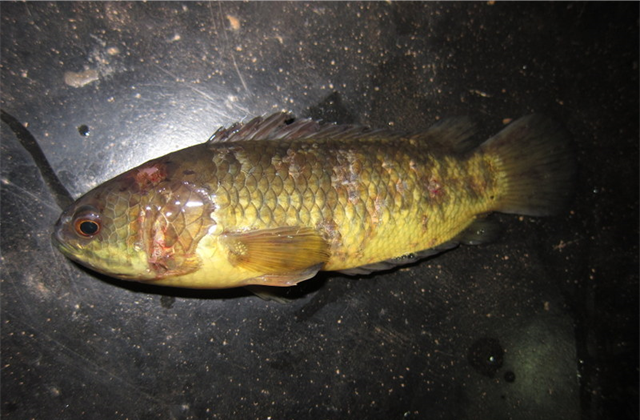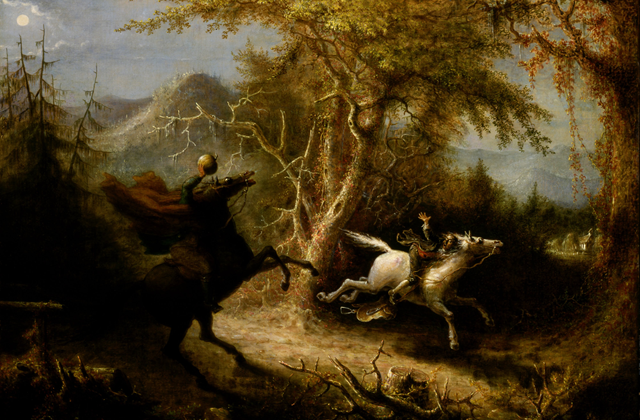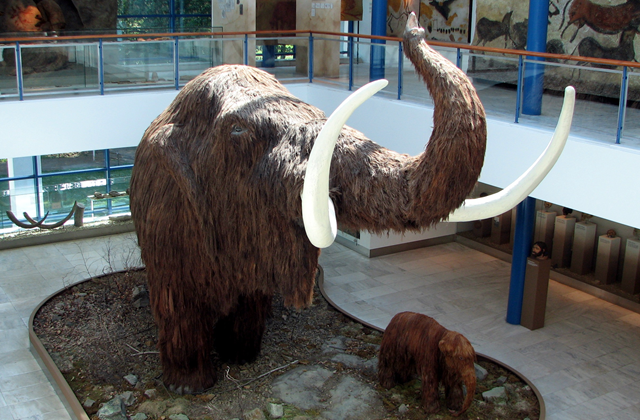Scientists in Tennessee, USA, claim they’ve turned carbon dioxide into the fuel ethanol. Researchers at the Department of Energy’s Oak Ridge National Laboratory (ORNL) made the discovery by a fortunate accident. Working on a process to discover how to turn carbon dioxide into ethanol, the scientists hypothesised that it would be a multistep process involving many complex chemical reactions. More like the discovery of penicillin than a true eureka moment, the whole process only required one step with a single catalyst. The process involved adding “nano-spikes” of carbon and copper to the carbon dioxide, which transformed the greenhouse gas into ethanol. Apart from being drinkable alcohol and a sanitiser, ethanol is also of interest as a renewable fuel source. Such as adding it to petrol/gasoline (or replacing it entirely), to reduce reliance on fossil fuels and carbon dioxide emissions from vehicles, the greenhouse gas said to be the major factor ...
Read More »Reference
Is the Stubby Squid Cute for an Evolutionary Reason?
As part of the Nautilus Live project, scientists exploring the ocean floor off the Californian coast have spotted the stubby squid at a depth of 900 meters (2,953 feet). Found in the Northern Pacific, ranging between Japan and Southern California, USA, the stubby squid typically lives at depths up to 300 meters (984 feet). However, the Monterey Bay Aquarium Research Institute (MBARI) have encountered the stubby squid at depths of 1,300 meters (4,265 feet). Looking somewhat like a mixture of an octopus and a squid, the stubby squid is not a true squid and is actually more closely related to the cuttlefish, but lacks the cuttlebone of the latter while having two tentacles like a squid. Sporting eight suckered stubby arms and two particularly large googly eyes, the stubby squid (Rossia pacifica) lives on the seafloor. Where it utilises mucus and the sediment for camouflage, but leaves its large eyes ...
Read More »Why do Koalas have Unique Fingerprints?
In a twist of nature, it turns out koalas have fingerprints. Not just generic fingerprints shared on the pads across the species, but each koala has a unique set of fingerprints. While they’re more like prints on the pads of koalas’ paws, each individual koala has its own identifiable fingerprints. Koala fingerprints are also eerily human-like. Possessing the same characteristic arches, loops and whorls, which human fingerprints have. Making them subject to dermatoglyphics: the scientific study of fingerprints. (Although dermatoglyphics as pertaining to the study of human characteristics and intelligences purportedly contained in and revealed by fingerprint patterns is more scientifically questionable, depending on application.) Human fingerprints are unique. No two humans’ fingerprints are the same, even amongst identical (monozygotic) twins. Meaning human fingerprints are not entirely the product of inherited genetics and DNA. Koala fingerprints, are somewhat of a scientific mystery. Few mammals possess fingerprints, and of those that ...
Read More »Russian Creature: Earthly Mysterious Skull or Alien?
Apparently leading the way in the discovery of mysterious creatures this year, Russia has done it again. First there was the mysterious sea creature resembling a “furry dolphin”. Now there is what’s described as a “mysterious skull” and is elsewhere already being dubbed an “alien”. The bizarre looking corpse was found by Russian locals who initially through it was a mutated chicken embryo. While photos make it appear large, it’s actually small enough to fit into a human hand. On Sunday 30 September, in Sosnovy Bor, Russia, two residents found the creature near the banks of River Kovashi. Some are turning to the nearness of Sosnovy Bor to the Leningrad Nuclear Power Plant as an explanation for the oddly deformed creature’s corpse. It may also be the foetus of a creature, such as a bear, which was frozen previously in the permafrost. Which may account for its preservation, partial remains ...
Read More »Breakthrough Listen to Scan the Skies for Intelligent Alien Life
The search for extraterrestrial life is to be dialled up several notches with Breakthrough Initiatives launching the Breakthrough Listen project. Set to span 10 years, the project will make use of the radio telescopes at both the Robert C. Byrd Green Bank Telescope in West Virginia, USA, and the Parkes Observatory in New South Wales, Australia. Combined with help from the SETI@home project which makes use of the internet-connected computing power of participants’ devices to analyse the radio telescope data in the Search for Extraterrestrial Intelligence (SETI). The Breakthrough Listen project has been described at the biggest scientific research project yet in the search for intelligent life in the cosmos, and should cover as much as 10 times the area of sky as past projects, plus covering five times the radio spectrum, with 100 times faster processing of potential signals. It has also got a significant boost in funding with ...
Read More »Mysterious Russian Sea Creature: Most Likely A Beaked Whale?
A mysterious sea creature has washed up dead on the shores of Sakhalin Island near Shakhtersk Airport. Sakhalin Island is in Far East of Russia, close to Japan. Locals found the carcass of the unidentified sea creature, describing it as having a “long beak” and a “furry tail” making it unlike anything they’ve seen before. It’s also continuing to baffle marine experts from around the world. The mysterious creature has been described as about twice the size of a human being. Speaking to The Siberian Times, Nikolay Kim, the Deputy Head of the Forecasting Department of the Sakhalin Research Institute of Fisheries and Oceanography, stated: “Judging by the appearance of the head, this is clearly some big dolphin. According to a characteristic of the skin, it is a rare species. “I doubt that it lived in our waters. Most likely, the animal was brought by the warm current. Here often ...
Read More »March of the Climbing Perch to Australia?
Scientists and the Queensland Department of Agriculture and Fisheries are currently concerned that the climbing perch could soon be making its way onto the Australian mainland. The climbing perch, Anabas testudineus, is a freshwater fish native to Southeast Asia. Yet over roughly the past four decades, it has spread through to Indonesia and into Papua New Guinea. It has already been found in two islands in Australian territory of the Torres Strait. The first observations of this, occurred a decade ago back in 2005. Dr Nathan Waltham, a scientist from James Cook University, is concerned that if the climbing perch is not managed in the Torres Strait, it’s likely the noxious fish could continue its journey southwards to Australia. “We’ve only found them on Boigu and Saibai islands, so these are the islands that are closest to Papua New Guinea,” Dr Waltham said. What is remarkable about the climbing perch, ...
Read More »Alien Size Calculations
Aliens are expected to exceed 300kg (661lb). Or so the recent paper by Fergus Simpson calculates. His contention, is based on two main things: Mathematical modelling of what is likely to be the radius of an inhabitable planet. Suggesting these are likely to be closer in size to Mars than to Earth. In addition to noting trophic levels and that the population density for a species is negatively correlated with the size of the organism. Meaning that because of the requirement of food sufficient to sustain them, there are likely to be a greater amount of smaller animals (such as ants) inhabiting an area than there are to be numbers of larger animals (such as whales). Leading to Simpson’s conclusion that intelligent alien species (if they exist) are expected to be 300kg or more in mass. Which given the calculations, places humans on the smaller end of the scale. Weighing ...
Read More »Human Head Transplants: Science or Fiction?
Transplanting a human head. The very mention of the idea evokes such things as ranging from Dr Victor Frankenstein to the Head Museum of Futurama. Yet one Italian physician, Dr Sergio Canavero, believes transplanting a human head onto a human body is but a few years away. For this to happen, Dr Canavero is aiming to gather more funding, along with finding a medical centre or hospital capable of performing the operation. Doctors and nurses have reportedly expressed an interest in being involved; some 150 are expected to be required for the anticipated 36-hour operation. As for the patient, it’s not a defrosted Walt Disney. (Disney’s cryonics is actually an urban myth.) Instead a Russian man named Valery Spiridonov is said to be a potential volunteer. Spiridonov reportedly suffers from Werdnig-Hoffman disease. A rare genetic disorder of spinal muscular atrophy (SMA) characterised by the degeneration of nerve cells and the wasting of ...
Read More »Resurrecting the Woolly Mammoth
Come In From The Cold Woolly mammoths have been extinct for the better part of 10,000 years. Since the last ice age. Talk of cloning mammoths by splicing their DNA with elephants is not that new either. Yet it’s measured in decades and not millennia. However, scientists now claim that they’re closer than ever to returning the woolly mammoth from extinction. Using the DNA of woolly mammoths found frozen and preserved in the Artic permafrost, through new DNA scissoring techniques, scientists have managed to reproduce 14 of the mammoth’s genes. Which have then been spliced into and integrated with the genome of modern day elephants. Remarkably giving functional DNA. The DNA scissoring technique called CRISPR allows scientists to precisely edit in the genes of the mammoth into sections of elephant DNA. As reported in The Sunday Times, Professor George Church of Harvard stated: “We prioritised genes associated with cold resistance ...
Read More » uthinki Considered Opinion?
uthinki Considered Opinion?

